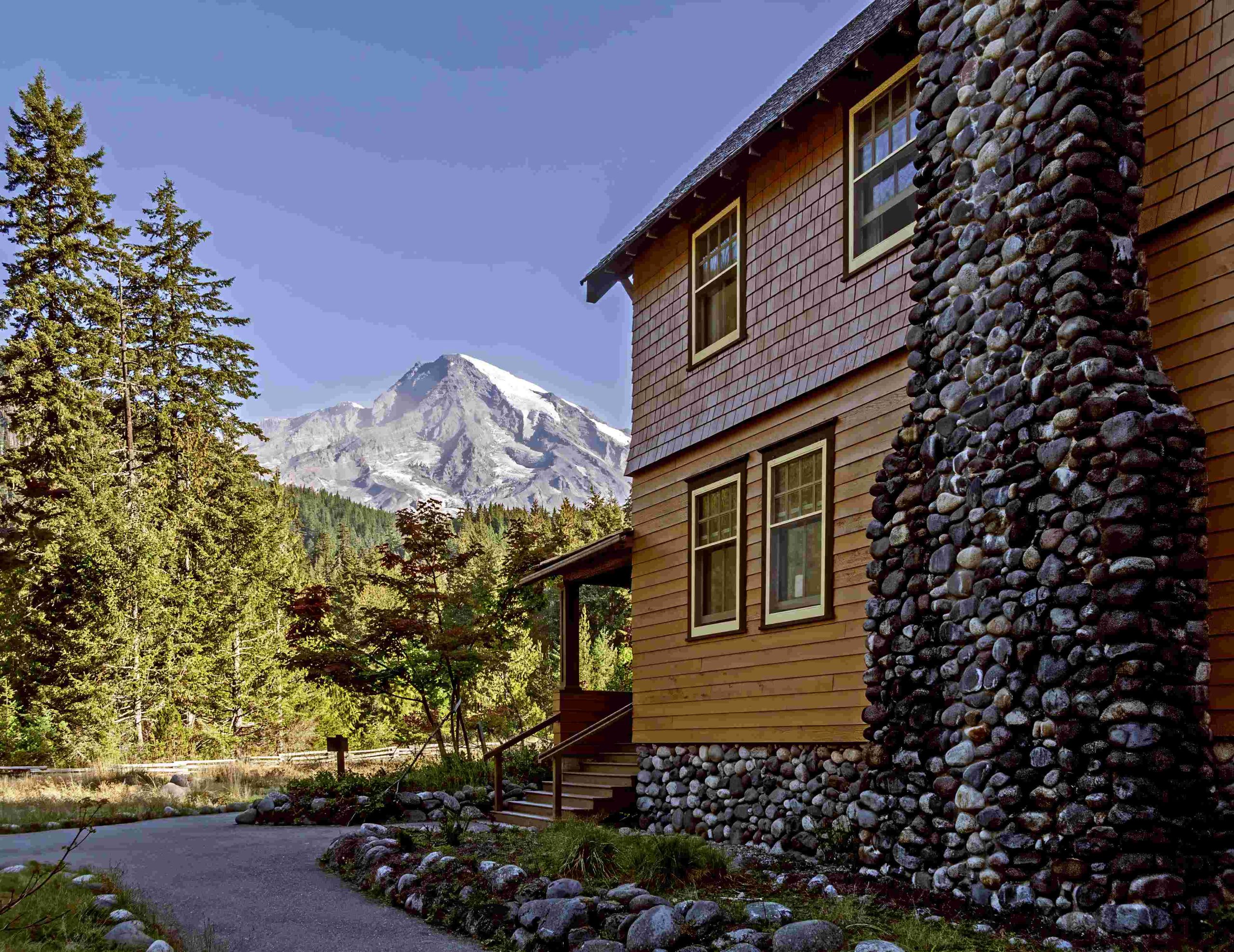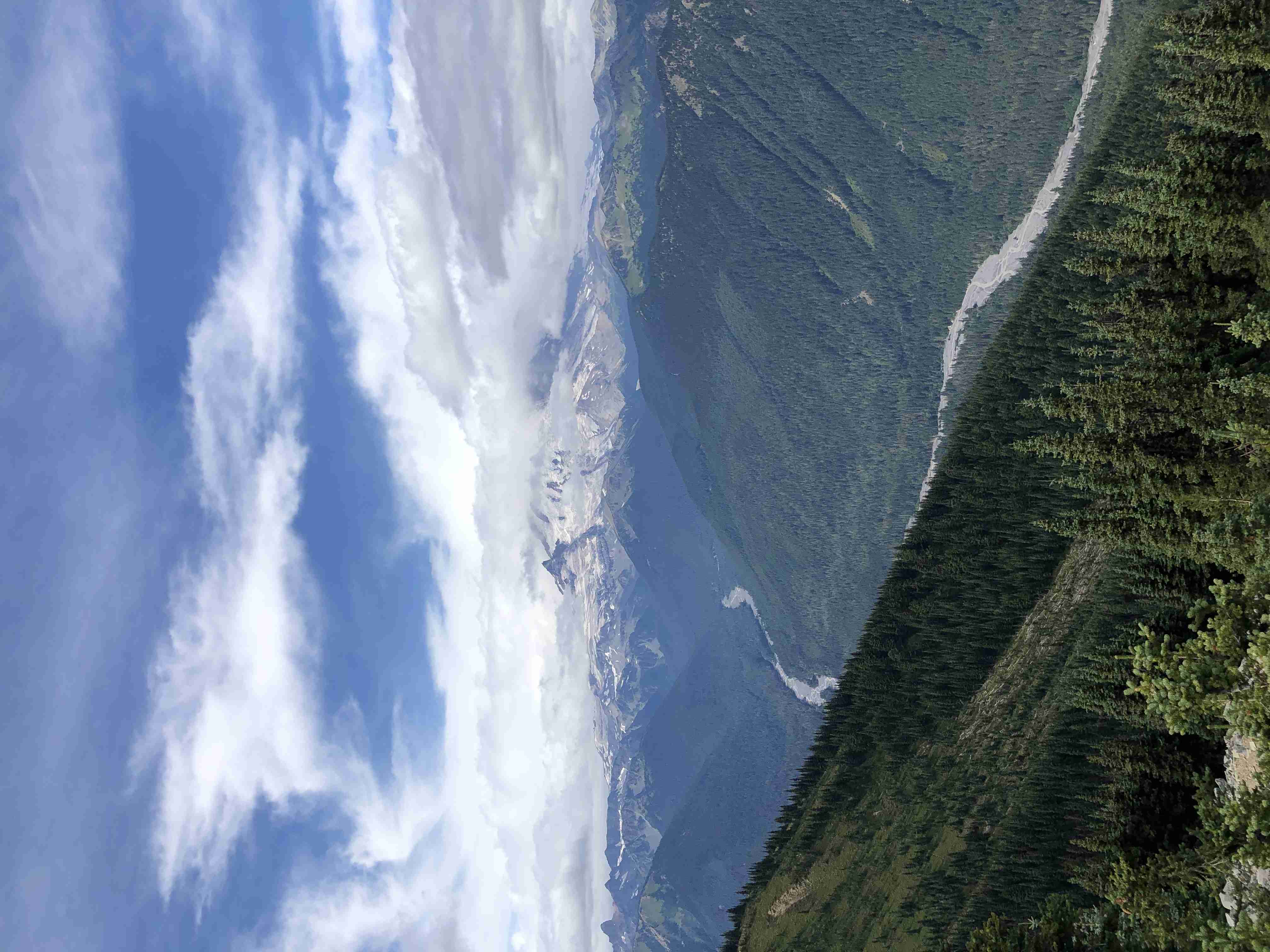Mount Rainier National Park is home to a diverse array of fungi, playing crucial roles in the ecosystem. From colorful mushrooms to microscopic mycorrhizal networks, the park’s fungal biodiversity is vast and varied. This guide explores the different types of fungi at Mount Rainier, their ecological importance, and how visitors can observe and appreciate these fascinating organisms.
What are the Main Categories of Fungi Found at Mount Rainier?

Mount Rainier’s fungal community can be broadly categorized into three main groups:
- Mycorrhizal Fungi: These form symbiotic relationships with plant roots, aiding in nutrient uptake.
- Saprobic Fungi: Decomposers that break down dead organic matter.
- Parasitic Fungi: Species that live on and derive nutrients from living hosts.
Each category plays a unique role in the park’s ecosystem, contributing to nutrient cycling, soil health, and plant growth.
Which Specific Mushroom Species Can Visitors Encounter?

Mount Rainier boasts a rich diversity of mushroom species. Here are some notable examples:
- Cortinarius violaceus (Violet Webcap): Known for its striking purple color, this mycorrhizal species is found in coniferous forests.
- Phaeocollybia sipei: A rare species endemic to the Pacific Northwest, characterized by its brown spores and pseudorhiza.
- Amanita muscaria (Fly Agaric): The iconic red and white spotted mushroom, often associated with fairy tales.
- Cantharellus formosus (Pacific Golden Chanterelle): A prized edible species, forming mycorrhizal associations with conifers.
- Fomitopsis pinicola (Red-belted Conk): A common wood-decay fungus found on coniferous trees.
How Do Fungi Contribute to Mount Rainier’s Ecosystem?
Fungi play indispensable roles in Mount Rainier’s ecosystem:
- Nutrient Cycling: Saprobic fungi break down dead organic matter, releasing nutrients back into the soil.
- Soil Formation: Fungal hyphae help bind soil particles, improving soil structure.
- Plant Nutrition: Mycorrhizal fungi extend the reach of plant roots, enhancing nutrient and water uptake.
- Food Web Support: Many animals, including insects and small mammals, rely on fungi for food.
- Tree Health: Some fungi form protective sheaths around tree roots, defending against pathogens.
What are the Best Locations to Observe Fungi at Mount Rainier?
While fungi can be found throughout the park, certain areas offer particularly good opportunities for observation:
- Old-growth Forests: Areas like the Grove of the Patriarchs trail showcase diverse fungal communities.
- Fallen Logs: Decaying wood hosts a variety of saprobic species.
- Forest Floors: Look for mushrooms emerging from the soil, especially after rainfall.
- Tree Bases: Many mycorrhizal species fruit near their host trees.
Remember to observe fungi responsibly, avoiding disturbance and following park regulations.
When is the Best Time to See Fungi at Mount Rainier?
Fungal fruiting bodies (mushrooms) are most abundant during the following seasons:
| Season | Fungal Activity |
|---|---|
| Spring | Early species emerge as snow melts |
| Summer | Dry conditions limit fruiting |
| Fall | Peak mushroom season with cooler, wetter weather |
| Winter | Limited activity due to snow cover |
Fall is generally the best time to observe a wide variety of mushrooms at Mount Rainier.
Are There Any Edible Fungi at Mount Rainier?
While Mount Rainier hosts several edible fungal species, including chanterelles and oyster mushrooms, it’s crucial to note:
- Foraging is strictly regulated in national parks.
- Accurate identification is essential, as some species are toxic.
- Visitors should focus on observation rather than collection.
Always check park regulations and consult experts before considering any fungal foraging activities.
How Can Visitors Learn More About Fungi at Mount Rainier?
To deepen your understanding of Mount Rainier’s fungi:
- Ranger-led Programs: Participate in educational walks or talks offered by park rangers.
- Visitor Centers: Check out exhibits and information at park visitor centers.
- Citizen Science: Join projects like ‘Mushrooms of Mount Rainier’ on iNaturalist.
- Guidebooks: Use field guides specific to Pacific Northwest fungi.
- Online Resources: Explore the park’s official website for fungal information.
Remember, the key to appreciating Mount Rainier’s fungi is careful observation and respect for the park’s natural processes.
References:
1. National Park Service – Mount Rainier
2. USDA Forest Service – Fungi in the Pacific Northwest
3. iNaturalist – Mushrooms of Mount Rainier

